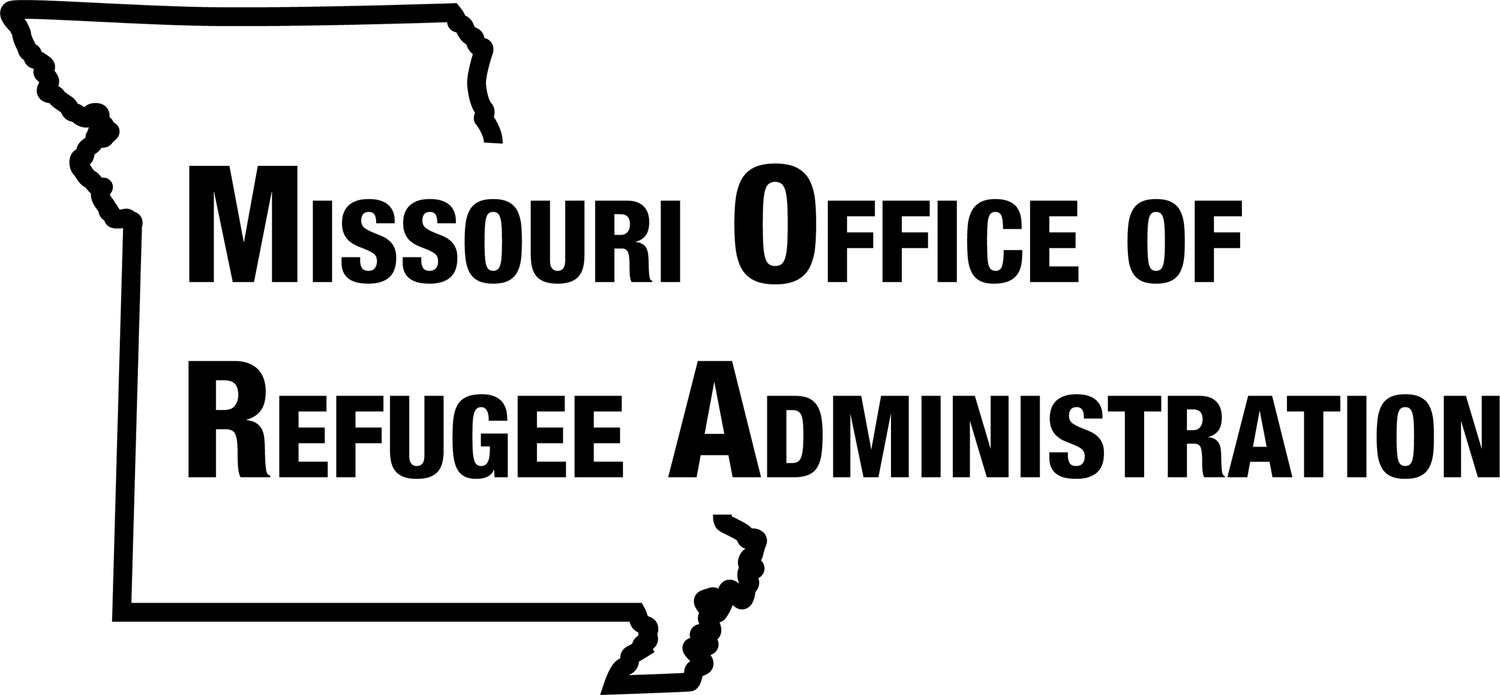
Blackness & Immigration
Data Snapshot: The Number of Black Immigrants in the US Continues to Rise: In total, more than 2.8 million Black immigrants were in America’s workforce in 2022, supporting several fast-growing industries such as healthcare and transportation.
Black immigrants are growing in numbers, but in the U.S. many often feel invisible: People from Somalia to Rwanda, Sudan to Ethiopia, Nigeria to Haiti have put down roots in Nashville. In total, 12% of the city is made up of immigrants, a large proportion of whom moved to the city after the year 2000. But like previous generations of Black Tennesseans, Black immigrants sometimes have to fight to make their presence recognized.
How do Refugees and Migrants Come to Understand Race and Racism in the United States? From the Hello Neighbor Network, this is one of the first studies that focuses on how refugees and migrants come to understand the concept of race and racism in the U.S. This research has implications not only for refugee adults but for all of the individuals and systems interacting with them along the stages of their migration. This understanding can contribute to more coordinated efforts to promote equity, successful integration, and anti-racism.
The Racial Equity Toolkit, developed by Dominique Samari and Paul Schmitz, is designed to support backbone staff and partners to operationalize racial equity throughout their collective impact work.
Videos from members of the Refugee Storytellers Collective that spotlight the power of Black refugees and their communities.
Studies and articles:
The reality of safety for a Black refugee living in the US: Tshishiku Henry, a new Refugee Storytellers Collective member and Refugee Congress Delegate, writes on his experience as a Black refugee in the US.
From the Pew Research Center, Key findings about Black immigrants in the U.S. Black immigrants have contributed significantly to the growth and diversity of the overall Black population in the United States. A new Pew Research Center report examines the size and characteristics of the nation’s Black immigrant population, as well as its projected growth in future years.
In The Story Of U.S. Immigration, Black Immigrants Are Often Left Out - NPR
1 in 10 Black people in the U.S. are migrants. Here's what's driving that shift - NPR
Children of Immigrants Detail Struggles With Blackness in America - Insider
Book review: In 'Black American Refugee,' Tiffanie Drayton tells the story of coming to the U.S. as an immigrant child.
The National Immigration Forum’s Only in America podcast series on racial justice and immigration:
Racial Justice and Immigration: Karla McKanders: Professor McKanders and Ali spoke about the experiences of Black immigrants at the border, how segregation and policing impact Black and immigrant communities, and the need for nuance in our legal systems.
Racial Justice and Immigration: Alan Cross: Alan and Ali spoke about the complicated history of the region, how his faith led him to immigration advocacy, and the role of Christians in fighting for justice.
Racial Justice and Immigration: Abdi Nor Iftin: Originally from Somalia, Abdi left the dangers of his home country only to be confronted with the harsh realities of racism in the U.S.
Racial Justice and Immigration: Tina Vasquez: Reporter Tina Vasquez tells Ali about her work as a movement journalist and her work building trust within the communities she reports on, including the Black immigrant community.
Archived Webinar: Fundamentals of Equity and Resettlement: This panel discussion hosted by Switchboard provides an opportunity for African and African-American community leaders—including former and current refugees—to speak about equity and resettlement. The accompanying information guide is designed to aid in deeper engagement on race, equity, and social identities in resettlement services.
Archived Webinar: The Unique Needs and Promise of Children of Black Immigrants and Refugees: This webinar from the Foundation for Child Development focuses on the educational, health, and mental health outcomes of Black immigrants and children in refugee families.
Looking beyond the ‘typical’ English learner: The Intersectionality of Black English Learners in U.S. Public Schools: “Many students who belong to the EL group experience issues of racism, discrimination, and xenophobia in the education system, including Latinx and Asian students. For Black ELs, however, issues of language, culture, and race can be harder to separate which means we cannot equitably meet their needs without addressing anti-Blackness that reverberates through our education system.”
Blog: Talking about Race and Racism : This blog, written by the Ethiopian Community Development Council (ECDC), shares tips on how service providers can have an introductory conversation about race, racism, and anti-racism with their clients in order to identify the resources and information that would be most useful for the clients they serve.
You can subscribe to the 28 Days of Black History newsletter: a free, daily email series that celebrates Black History Month.
Guide: Benefits for Cuban and Haitian Entrants: This information guide from the Office of Refugee Resettlement answers basic questions about Cuban/Haitian Entrant benefits and services, including specialized programs.
Cultural Backgrounder: Congolese Newcomers: This backgrounder from CORE contains historical, political, and cultural information intended to help resettlement agencies and their local affiliates cultivate a general understanding of Congolese newcomers in the U.S.
Cultural Backgrounder: Somali Newcomers: This guide produced by Bridging Refugee Youth and Children's Services (BRYCS) provides general cultural information on refugees and cultural groups from Somalia. This resource provides basic information to help staff begin discussions with families and communities.
